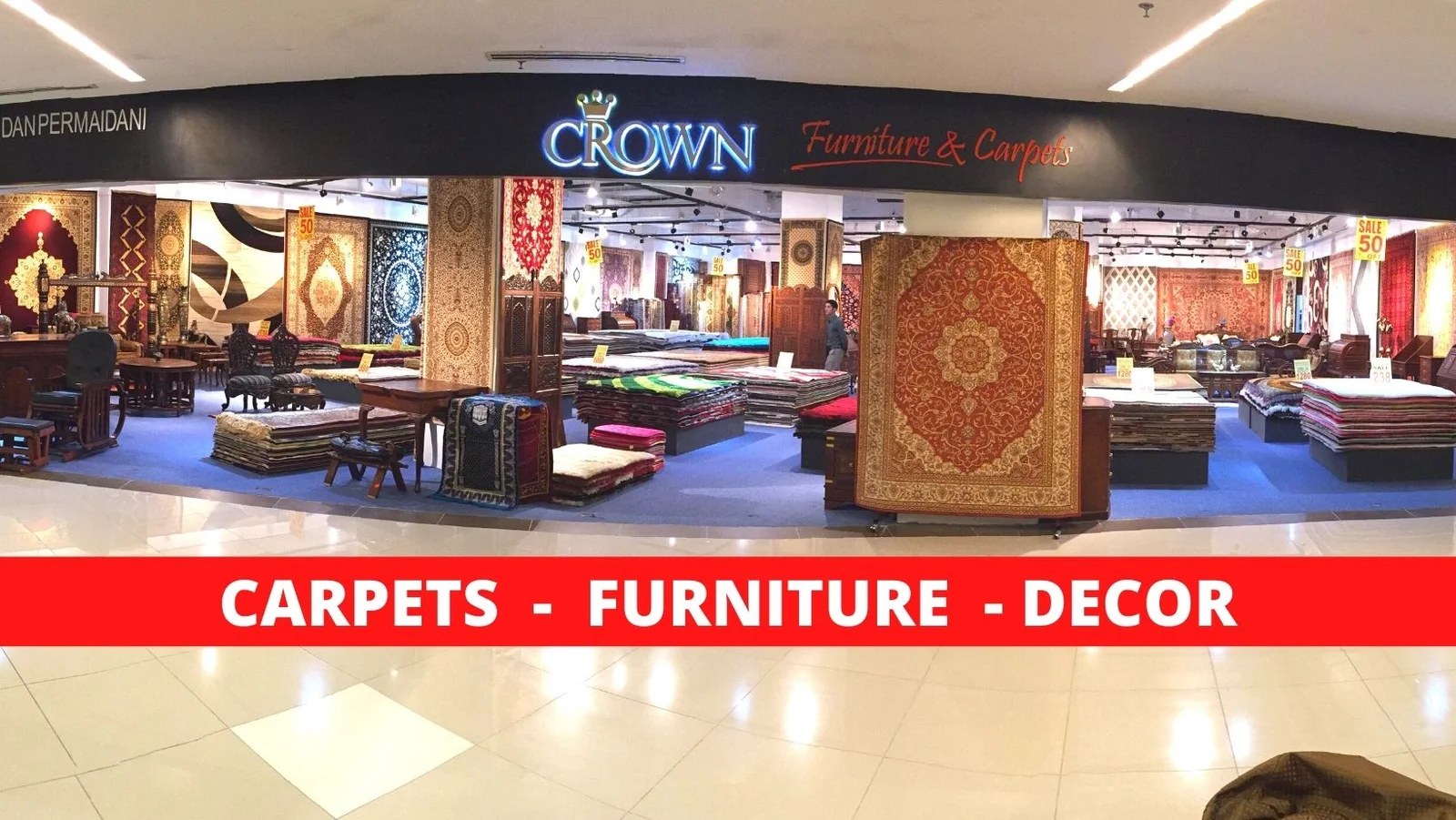The hotel carpet is often overlooked in interior design, yet its role in shaping the ambience and comfort of a space cannot be overstated. Serving as a functional flooring solution and a robust design element, the carpet is pivotal in setting the tone for a guest’s experience. Its texture, color, and pattern can subtly influence mood and perception, while its practical benefits enhance the overall comfort and functionality of the environment. Beyond aesthetics, the carpet also plays a crucial role in acoustics and safety. Its dense fibers help absorb sound, reducing noise levels and enhancing the overall tranquility of shared spaces such as lobbies, corridors, and meeting rooms. Additionally, carpets provide a soft and slip-resistant surface, promoting safety and comfort for guests of all ages.
Incorporating Hotel Carpets into Interior Design
Harmonizing with Overall Design Theme:
- The carpet should complement the hotel’s overall design theme, whether modern, traditional, or themed.
- Consideration should be given to how the carpet interacts with other design elements, such as furniture, wall coverings, and lighting fixtures.
Choosing Appropriate Colors and Patterns:
- Colors can evoke different emotions and moods. Warm tones like reds and oranges can create a cozy atmosphere, while cooler tones like blues and greens evoke calmness.
- Patterns should be chosen carefully to avoid overwhelming the space. Subtle patterns or textures can add interest without being distracting.
Considering Durability and Maintenance:
- A hotel carpet experiences heavy foot traffic, so durability is essential. Choose high-quality materials that can withstand frequent use and cleaning.
- Stain-resistant and easy-to-clean carpets can minimize maintenance efforts and keep the space fresh and inviting.
Enhancing Acoustics:
- Carpets play a significant role in absorbing sound and reducing noise levels, especially in high-traffic areas like lobbies and corridors.
- Selecting carpets with dense fibers and appropriate underlays can improve acoustics and create a quieter, more peaceful environment.
Prioritizing Safety:
- Slip-resistant carpets are crucial for ensuring the safety of guests, particularly in areas prone to spills or moisture.
- Proper installation and maintenance of carpets can prevent tripping hazards and contribute to a safer environment for all guests.
Customization and Branding:
- Some hotels opt for custom-designed carpets with logos or unique patterns that reflect the brand identity.
- Customization allows hotels to create a memorable and distinctive ambience that distinguishes them from competitors.
Carpet Roll Selection and Installation
When selecting carpet rolls for hotel interiors, it’s essential to consider aesthetics, practicality, and installation requirements.
Choosing the Right Carpet Roll:
- Quality is paramount when selecting carpet rolls for hotels. Opt for rolls made from durable materials that can withstand heavy foot traffic and frequent cleaning.
- Consider the size of the rolls about the space they will cover. Larger rolls may be more efficient for covering expansive areas like ballrooms or conference halls.
- Ensure the carpet roll’s thickness and density are appropriate for the intended use. Thicker carpets may provide more cushioning and sound absorption, while denser carpets can offer more excellent durability.
Installation Considerations:
- Professional installation ensures the carpet rolls are laid properly and securely.
- Proper subfloor preparation is necessary to achieve a smooth and level surface for installation.
- Seem placement and pattern alignment should be considered to create a seamless and visually appealing finish.
- Regular maintenance and cleaning of an installed carpet roll is essential to preserve their appearance and longevity.
- Incorporating branding elements or custom designs into the carpet rolls can add a unique touch to the hotel’s interior while reinforcing its brand identity.
Environmental Considerations:
Sustainable Materials: Choose a carpet hotel made from eco-friendly materials such as recycled fibers, natural fibers like wool or sisal, or carpets certified by organizations like the Carpet and Rug Institute’s Green Label Plus program. These materials minimize the environmental footprint and contribute to a healthier indoor environment.
- Low VOC Emissions: Volatile organic compounds (VOCs) emitted by some carpet materials and adhesives can negatively impact indoor air quality. Select carpets with low VOC emissions to promote better indoor air quality and hotel guests and staff’s health and well-being.
- Recyclability and End-of-Life Disposal: Consider the recyclability or biodegradability of carpets at the end of their lifecycle. Choosing carpets that can be easily recycled or disposed of in an environmentally responsible manner reduces waste and promotes circular economy principles.
- Energy Efficiency in Manufacturing: Look for a hotel carpet produced using energy-efficient manufacturing processes and facilities. Manufacturers prioritizing energy efficiency help reduce carbon emissions and minimize the environmental impact of carpet production.
- Certifications and Standards: Seek carpets that meet recognized environmental certifications and standards, such as LEED (Leadership in Energy and Environmental Design) or Cradle to Cradle certification. These certifications ensure that carpets meet rigorous environmental criteria throughout their lifecycle.
Conclusion
Carpet hotel plays a multifaceted role in interior design, offering not only aesthetic appeal but also functional benefits that enhance guest experience and safety. By harmonizing with the overall design theme, choosing appropriate colors and patterns, prioritizing durability and maintenance, enhancing acoustics, and considering safety measures, hotels can create inviting and comfortable environments for their guests.

